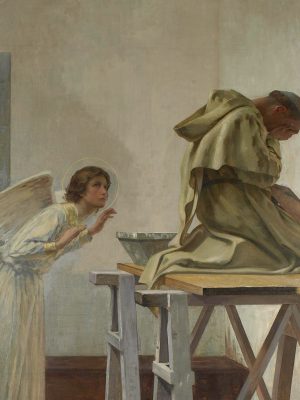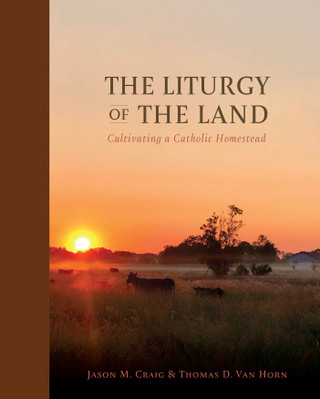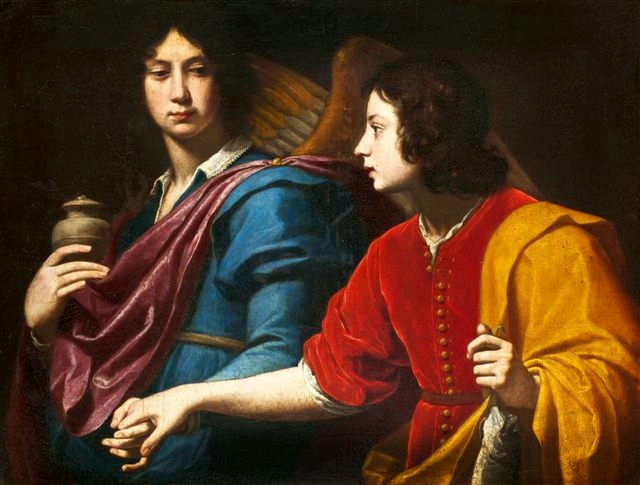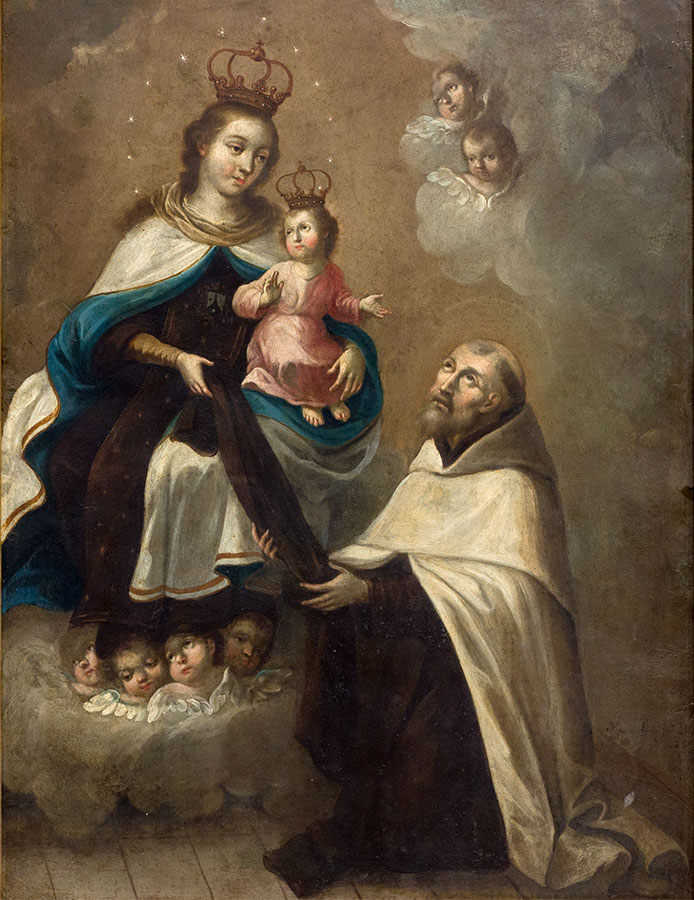How can Catholics change the culture? It begins in your home! Read this excerpt from The Liturgy of the Land to discover the roots of Catholic art and culture.
Art Is Manmade
When we hear the word “artificial,” we might consider it in a negative sense. It is true that in modern use, it can mean something like duplicitous or fake. And we acknowledge and propose that our artificiality has slipped into a way of life that is dangerous. However, when theologians like Saint Thomas Aquinas use the word, they are simply designating something made by man. Things made by man are not in essence evil, because man was created good.
To understand artificial in a good sense, we can remember that it has the root art, as in created by human hands. Today, we designate something made by a skilled person as something artisan. Similarly, we can call something an artifact to designate it as something made by man in antiquity.
The art of man, therefore, is the work of man. Birds and beasts do not make art in a strict sense. In its most basic sense, the use of art is how we, as man, use what is provided naturally through creation to answer for both our body’s need for food and shelter and our soul’s need for truth, beauty, and goodness.
Where Art Begins
A home, for example, “is caused to be in matter by art alone,” says Aquinas. But having a soul that needs warmth as well, our homes are said to be warm by their very environment, the people, artwork, and way of life.
Our higher arts, such as music and paintings, are not disconnected from the lower arts, such as farming and craft, but are built up from them. There are plentiful and worthwhile calls for Catholics to renew a culture in decline. We, of course, do that in legitimately cultural ways: through our art, music, and so on. Our art should and does reach upward toward the heavens, lifting up eyes and hearts.
But we Catholics have also treasured what can be called the basic arts, which are also beautiful and humanizing if we have eyes to see and can enjoy them for what they are. These arts, those that connect more directly to the simple life of a family and a home, make up the work and culture of a homestead. There’s something very reasonable in returning to the soil to build upward toward a true culture. The high cultures the Catholics have enjoyed, it can be argued, cannot be resuscitated without some connection to these elemental arts—from the ground up if you will.
High and Low Culture
Many have argued well that our society actually cannot be culturally renewed toward truth, beauty, and goodness without a genuine return to foundations in nature. John Francis Nieto has written about older forms of life that were, in fact, built from nature and therefore had the potential to be a true and humane culture, whereas our modern life is not only distant from nature but built up without it:
“For many reasons, we cannot hunt, sew, sing, farm, cook, dance, or wash clothes as could those who have lived in villages until very recently. We have exchanged such abilities for many advantages, especially long lives and material possessions. I propose here that the loss is much greater than the gain—in some sense it is infinite. I propose that we have lost the interaction with nature that allows us to cultivate our own, human, nature in a manner conducive to happiness—by which I mean true, human thriving and fulfillment—not merely living, but living well, the good life.”
Clearly, living more naturally for the Catholic homesteader is not just a matter of enjoying the fresh air but of being able to live a fully human life and build up a true and beautiful culture. Therefore, we might only be able to build upward to high culture by learning again the lessons of low culture, like building and growing things—work integrated with nature and its lessons and limits.
ooo
This article is taken from a chapter in The Liturgy of the Land by Jason M. Craig and Thomas D. Van Horn which is available from TAN Books.









